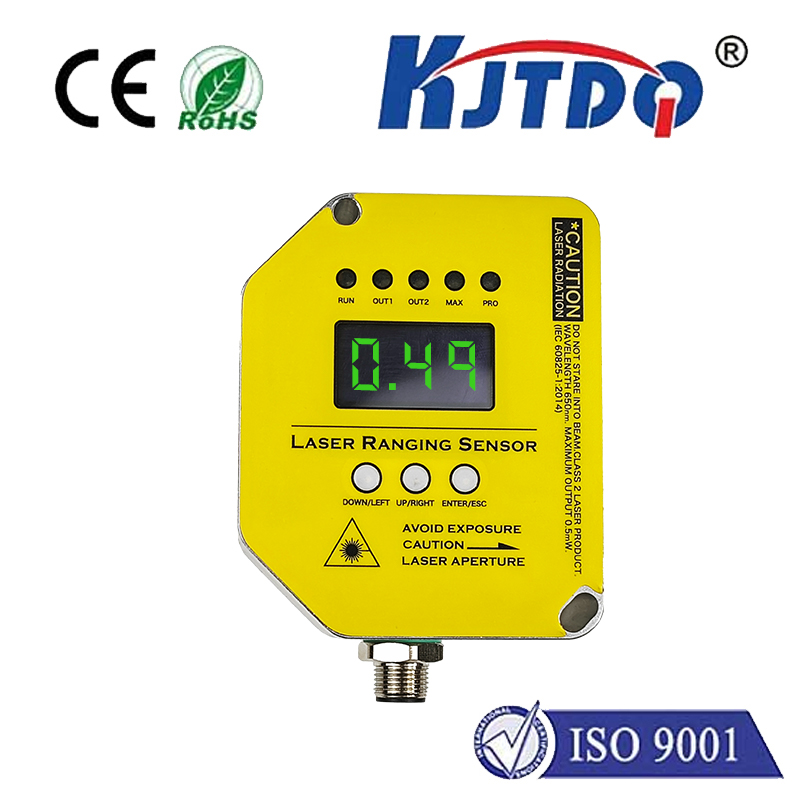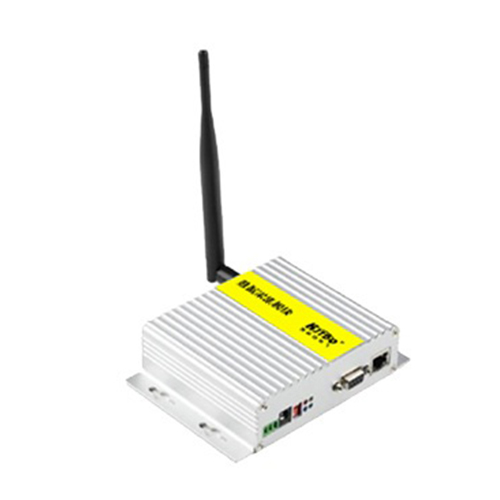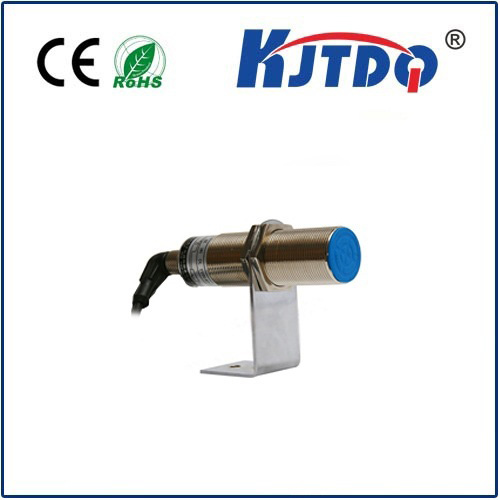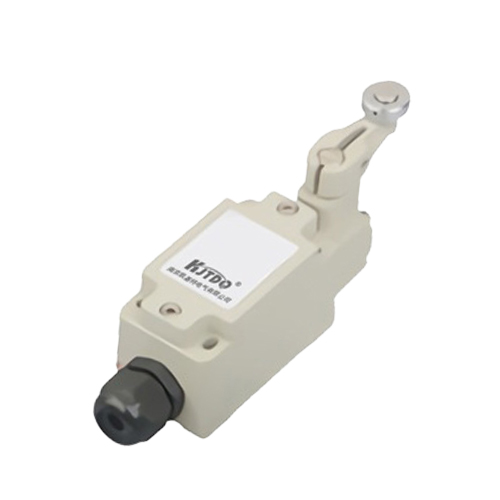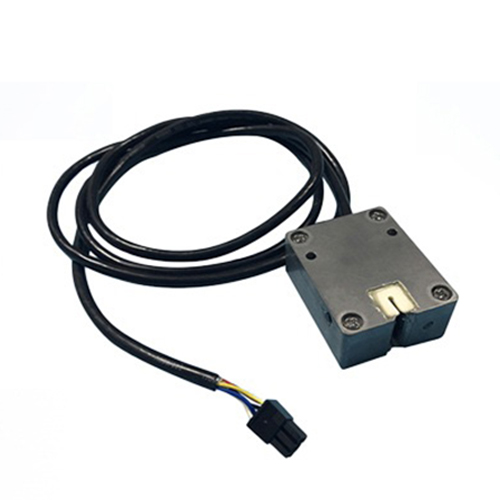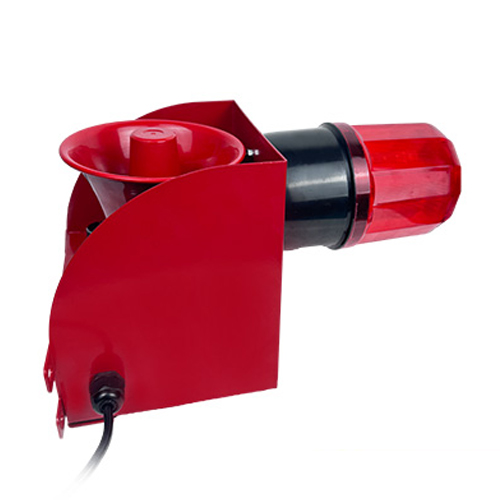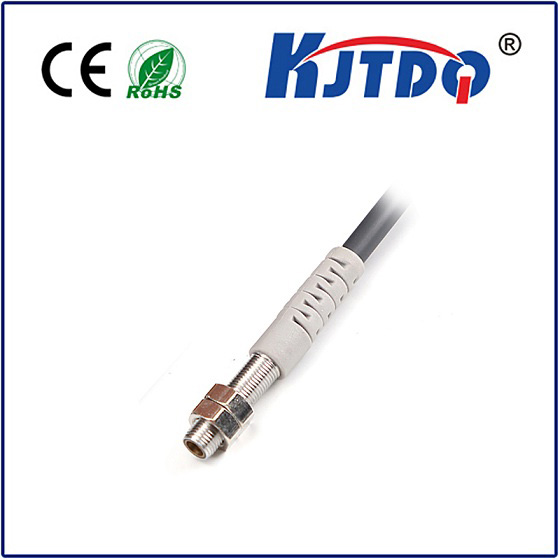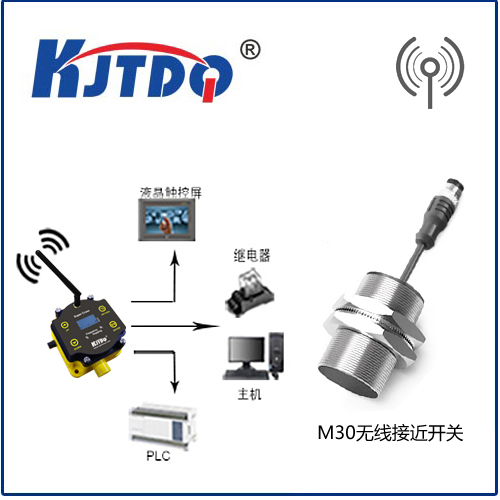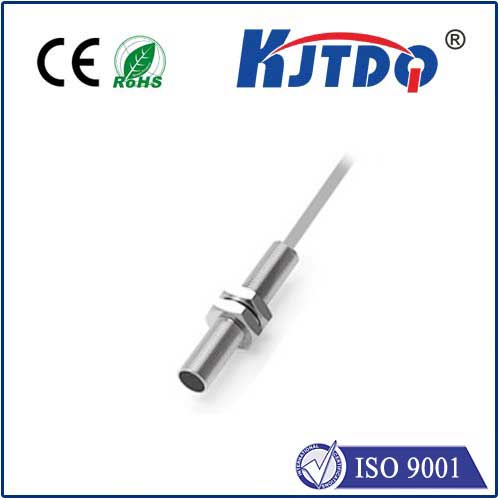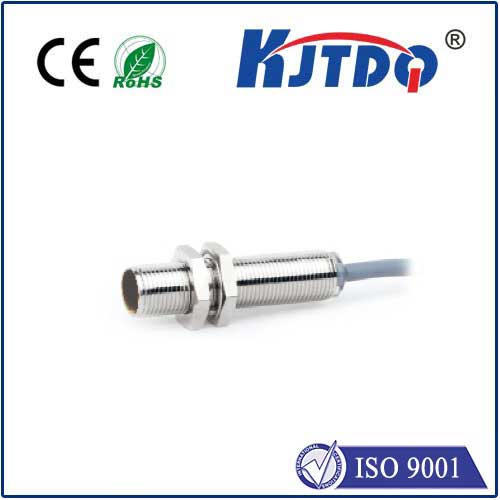BES053T high pressure proximity sensor
- time:2025-10-15 00:25:17
- Click:0
BES053T High Pressure Proximity Sensor: Unwavering Detection in Demanding Environments
Imagine a colossal hydraulic press forging critical aerospace components, or a deep-sea drilling rig operating under crushing ocean pressures. In these scenarios, precise, non-contact sensing isn’t just convenient; it’s a matter of safety, efficiency, and preventing catastrophic failure. Conventional sensors often buckle under extreme pressure, succumbing to leaks, deformation, or signal loss. This is where specialized components like the BES053T High Pressure Proximity Sensor step onto the stage, engineered to thrive where others fear to tread.
Understanding the High-Pressure Imperative
Proximity sensors, in their essence, detect the presence or absence of an object without physical contact, typically using electromagnetic fields (inductive for metals), capacitive principles, or ultrasonic waves. Their value in automation is immense, enabling position verification, counting, speed monitoring, and safety interlocks.
However, standard proximity sensors are designed for typical industrial atmospheric pressure. When deployed in environments subjected to significantly elevated pressures – think hydraulic power units, high-pressure pumps, test rigs, offshore equipment, or fluid power systems – several critical challenges arise:

- Housing Integrity: Standard sensor bodies may deform or rupture under sustained high pressure, leading to immediate failure and potential system contamination or hazard.
- Seal Failure: The critical seals preventing pressurized media (oil, water, gas) from penetrating the sensor electronics can deteriorate or extrude under high pressure, causing leaks and ultimately sensor death.
- Performance Degradation: Even if the housing holds, internal components or the sensing field itself can be affected by pressure changes, leading to unreliable switching points or reduced sensing distances.
- Thread Damage: Installation points (threads) need to withstand the immense mechanical stress during tightening and sustained pressure without stripping or compromising the seal.
The BES053T is explicitly designed to overcome these challenges, making it a cornerstone of reliability in critical high-pressure applications.
Dissecting the BES053T: Built for the Crush
So, what sets the BES053T apart? Its design revolves around robustness and resilience under pressure:
- Fortified Housing: Constructed typically from high-grade stainless steel (e.g., 303 or 316L), the BES053T body possesses exceptional mechanical strength. This robust construction ensures the housing remains dimensionally stable, preventing collapse or deformation even under continuous high-pressure exposure. The material choice also offers excellent corrosion resistance, vital for harsh industrial or marine environments.
- High-Pressure Sealing: This is arguably the defining feature. The sensor employs advanced sealing technologies – often involving specialized elastomers (like FKM/Viton) or metal-to-metal seals – specifically engineered to maintain integrity at pressure ratings far exceeding standard sensors. Seals are meticulously designed to resist extrusion into gaps under pressure.
- Pressure-Rated Threads: The connection threads (commonly metric like M12x1 or M18x1.5) are precisely machined to handle the significant torque required for secure installation in high-pressure ports without damage. This ensures a leak-proof connection that won’t fail under stress.
- Engineered Sensing Performance: While the core sensing principle (usually inductive) remains, the internal design is optimized to minimize the influence of pressure fluctuations on the electromagnetic field and switching characteristics. This results in stable and repeatable detection performance, even as system pressures vary.
- Environmental Protection: Beyond pressure, the BES053T typically boasts high IP (Ingress Protection) ratings (like IP67 or IP69K), safeguarding against dust and high-pressure water jets, making it suitable for demanding washdown areas or outdoor use. It also often features wide temperature ranges for operation.
Where the BES053T Proves Indispensable
The unique capabilities of the BES053T High Pressure Proximity Sensor make it the go-to solution in numerous demanding sectors:
- Hydraulic Power Systems: Monitoring piston position within high-pressure hydraulic cylinders, detecting valve spool position, verifying cylinder end stops, or confirming the presence of hydraulic blocks under extreme pressures (common in construction equipment, injection molding machines, presses).
- Fluid Power & Test Rigs: Position sensing in high-pressure pumps, valves, and actuators. Essential in test benches where components are subjected to proof pressure testing far beyond normal operating conditions.
- Offshore & Marine: Equipment operating in deep water faces immense ambient pressure. The BES053T ensures reliable position feedback on subsea controls, drilling equipment, and winch systems.
- High-Pressure Processing (HPP): Food and beverage industries use ultra-high pressure for pasteurization. Sensors like the BES053T reliably monitor vessel closures or component positioning within these critical, pressurized chambers.
- Industrial Cleaning & Water Jetting: Position detection within high-pressure water jetting systems used for cutting or cleaning, where sensors are directly exposed to the pressurized fluid environment.
- Energy Generation: Monitoring components within high-pressure steam lines or turbine control systems in power plants.
Selecting and Implementing Your BES053T
To maximize the effectiveness of the BES053T:
- Confirm Pressure Rating: This is paramount. Ensure the sensor’s specified maximum operating pressure comfortably exceeds your application’s peak pressure, including any potential spikes or surges. Don’t operate near the absolute limit.
- Material Compatibility: Verify the housing material (e.g., 316L stainless steel) is compatible with the surrounding media (oil, water, chemicals) and environmental conditions.
- Electrical Specifications: Match the sensor’s output type (NPN/PNP, NO/NC), voltage range, and current rating to your control system.
- Sensing Distance & Target: Ensure the nominal sensing distance is suitable for your target and mounting arrangement. Remember, high-pressure housings might slightly influence sensing range compared to standard housings.
- Proper Installation: Follow the manufacturer’s tightening torque specifications precisely for the threaded connection. Over-tightening can damage threads or seals, while under-tightening risks leaks. Ensure the sealing surfaces are clean and undamaged. Consider using appropriate thread sealant where recommended (verify compatibility with sensor seals and media).
- Conduit/Cable Glands: Use pressure-rated conduit or cable glands at the sensor’s electrical connection point to maintain the overall pressure and environmental integrity of the system.
The Assurance of Specialized Sensing
In applications where pressure isn’t just a variable but a defining, relentless force, standard sensors become a liability. The BES053T High Pressure Proximity Sensor represents a category of sensing specifically engineered for endurance. Its reinforced construction, advanced sealing, and pressure-immune design deliver a critical capability: unwavering, reliable object detection in environments that would cripple lesser components. For engineers designing systems operating under high pressure – where failure is not an option – specifying a sensor like the BES053T isn’t just a technical choice; it’s a fundamental requirement for operational integrity, safety, and long-term reliability. It embodies the principle that in extreme environments, sensing solutions must be equally robust.






